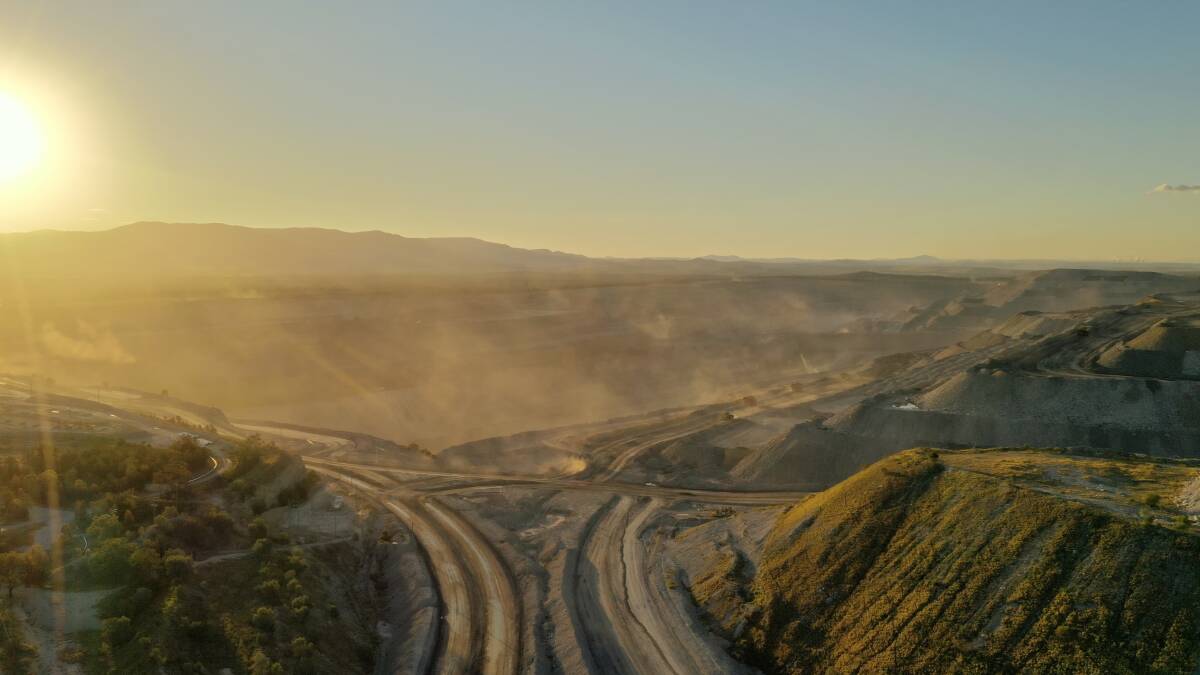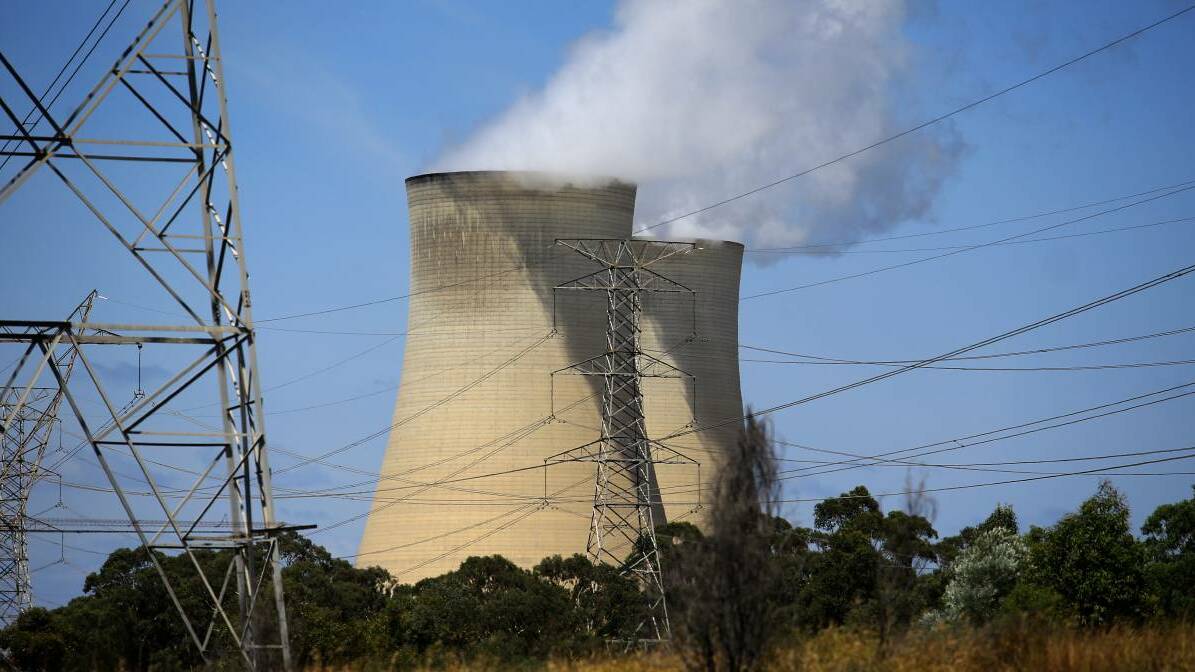
A dry start to spring accompanied by westerly winds has resulted in an increase in air quality alerts for the Upper Hunter.
Subscribe now for unlimited access.
$0/
(min cost $0)
or signup to continue reading
The Upper Hunter Air Quality Monitoring Network has issued 13 alerts in last seven days due to PM10 levels - air pollution most notably coming from dust particles with monitors at Mount Thorley, Warkworth and Camberwell the most impacted.
So far this year 84 air quality alerts have been issued for the Upper Hunter.
This is a far cry from the 1000 plus alerts recorded in the region in 2019 at the height of the drought and the summer of bushfires. However even during a good season the region is obviously still subject to regular episodes of poor quality air.
In addition to these alerts Environment Justice Australia (EJA) is reporting AGL's Bayswater Power Station breached its licence more than 50 times in two months by exceeding air pollution limits.

According to the EJA Bayswater Power Station reported 54 breaches throughout June and July of this year due to exceeding its nitrogen oxides (NOx) emission limits with the neighbouring Liddell Power Station also breaching its licence four times for exceeding legal fine particle air pollution levels.
Healthy Futures coordinator Dr Harry Jennens said: "AGL's latest breaches of their pollution limit is staggering, not just because their limit is already weak, but because this exposes more children with asthma to harm in the Hunter region which is already polluted and has higher rates of asthma."
EJA say pollutants from coal-fired power stations - one of the state's biggest causes of air pollution - have several negative health effects, including causing asthma in children.
The community's most vulnerable are generally the hardest hit by the toxins including the elderly, people with chronic diseases, children, pregnant women and their unborn babies.
Australia's clean air regulations already lag behind many other countries including China and the United States, and are well below recently updated guidelines from the World Health Organisation. These breaches are particularly concerning for Hunter residents who continue to fight to improve air quality in their region.
Commenting on the EJA report a AGL spokeswoman said In July 2021, AGL became aware of potential exceedances of air emissions at its Bayswater power station and proactively notified the NSW EPA.
"AGL reviewed and amended its site operations, resulting in immediate reductions in emissions," she said.
"As Australia's largest energy generator and greenhouse gas emitter, we understand and acknowledge our environmental obligations, and work cooperatively with all regulatory agencies to ensure we meet all requirements and engage with the communities where we operate.
"AGL is playing a significant role in the energy transition and are committed to ensuring this is done responsibly, balancing Australia's current and future energy needs with the commitment to decarbonise."
Environmental Justice Australia Principal Lawyer Nick Witherow said: "It is concerning that three of the state's five power stations have failed to comply with their licence requirements.
"The Upper Hunter community already live with poor air quality and have the right to expect that Bayswater Power Station will take all necessary steps to minimise the risk of harm to the people and the environment. At a bare minimum, this must include compliance with their licence."
A spokesperson for the EPA said it was continuing to monitor and act as necessary to ensure air quality standards are maintained and improved where possible in the region. The EPA consults regularly with the Upper Hunter Air Quality Advisory Committee, which provides a valuable dialogue between community, industry and government on air quality issues.
Commenting on the the Upper Hunter Air Quality Alerts they said:
- The Upper Hunter Air Quality Monitoring Network does not measure air quality from one particular point source. It is a network of high quality ambient-air monitoring sites in strategic locations around Upper Hunter mining areas and populated centres, including Muswellbrook and Singleton. It continuously measures dust particulates in the air at up to 14 sites throughout the region.
- The alerts in recent days were triggered for a limited period for particles (PM10), as the network measures on an hourly basis. The particle exceedances coincided with the dry start to spring and recent strong westerly winds.


